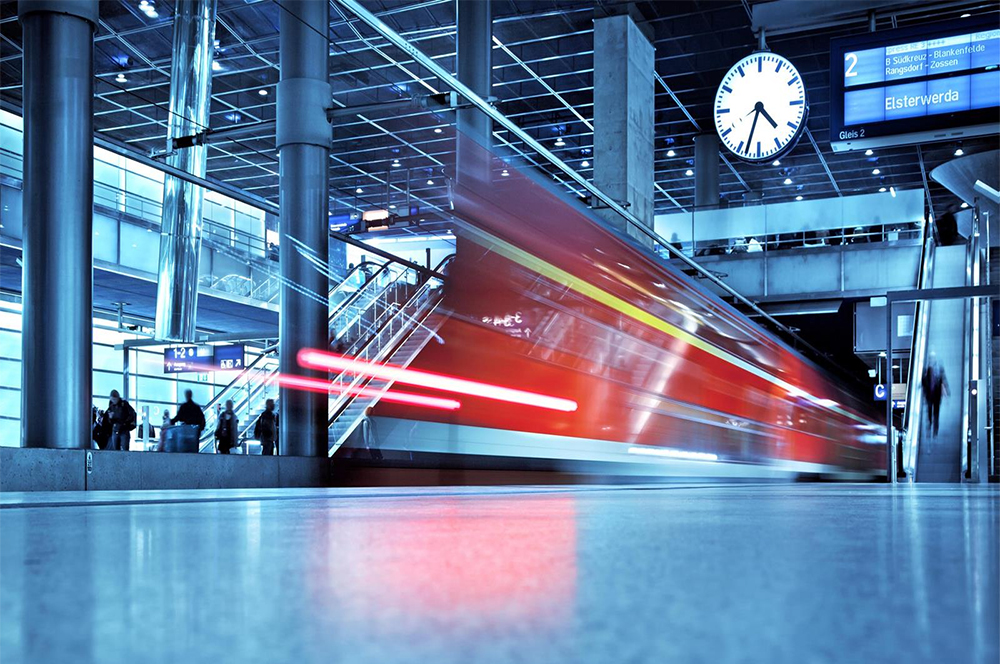American mythology, insofar as it’s connected to the criminal, is steeped in desperadoes getting away from the crime scene just as fast as they got to it. From Bonnie and Clyde’s bullet-ridden Ford to Ted Bundy’s VW, getaway drivers to getaway drives, white Broncos and all, the successful crime comes with not getting caught, if you’re a criminal.
Strange to see then, that despite press claims debunking the idea of public transportation being a “mugger mover,” there seem to be increasing statistical signs pointing to a debunking of the debunkers. “Rapid transit crimes are not decreasing at all,” says Eddie Williams, a former undercover gang-detail cop in San Francisco. “In fact, the opposite. And they’re more organized.” Gone are the randomized crimes of Death Wish–era New York City subways — the global high-water mark of urban transportation crime — with the first two months of 1979 seeing six people murdered and felonies stretching the tape at 250 per week, according to New York City subway researcher Mark S. Feinman.
Those depredations have been replaced by the flash mob robberies of criminal collectives that emerge from crowds, commit felonies and then disappear back into those crowds — an MO that’s apparently easier to start and harder to stop. Robberies in San Francisco’s transit system were up 45 percent from 2016 to 2017, according to officials with Bay Area Rapid Transit. New York City saw a 26.4 percent increase in subway crime from last year to this year, based on stats from the New York City Police Department. While way off the 1970s records, any kind of increases are cause for concern.
THERE AREN’T MANY CITIES IN THE WORLD WHERE YOU’D MAKE IT TO WORK UNMOLESTED IF YOU HAD $1,000 CLUTCHED IN YOUR HAND.
John Getze, a tech executive commuting on BART from the tony Bay Area neighborhood of Oakland Hills to his office in downtown San Francisco, showed up to work one day, clothes in disarray after fighting back during his commute. “More people riding means more knuckleheads,” says Getze. “But on casual display as a possible cause? Much more expensive stuff.” The new Apple iPhone X is expected to retail for around $1,000. There aren’t many cities in the world where you’d make it to work unmolested if you had $1,000 clutched in your hand.
“But I could get robbed for my phone on the streets too,” says Getze, who managed to keep his earlier-edition iPhone. “It’s just harder to get someone on the streets. In the end though, I could always just buy a new phone. But that’s not my style. Besides, my whole life is on my phone, and what’s in it is worth way more than $1,000, and I’m not giving that up.”
Which underscores what transit divisions are reporting: While crime is increasing in most places with highly concentrated populations, it’s not serious crime. Much of the increase in New York City in the first few months of 2017 came as a result of pickpockets — pickpockets in the Bronx and Brooklyn, specifically, preying on passengers who are comfortable enough to sleep on their commutes. But drilling down into the numbers coming out of a press conference earlier in the year with NYPD Deputy Commissioner Dermot Shea, it’s noted that rape is up 3 percent, a serious and noteworthy climb.
And a level of seriousness not yet reached in the U.S.: 600 women surveyed in France by the High Council for Equality Between Women and Men found that 100 percent of them had been sexually harassed. Harassment here was classified as everything from intimidating behavior and insults to assaults and rape. France’s health minister, Marisol Touraine, has indicated that the government had planned “strong measures.” Unknown what constitutes “strong” in a country already drawn drum-tight with terrorism anxiety.
Strong measures for most transit systems in the U.S. seem to show transit systems upgrading safety by beefing up uniformed and plainclothes police patrols, improving lighting and using closed-circuit TV to monitor stations. “A friend of mine in the transit division had the great job of ‘undercover’ sleeper,” says Williams. “Which wasn’t nearly as easy of a job as it sounded. But he got bad guys.” Noted, and then this: “Staying alert is good advice for more than just your commute to work.”

